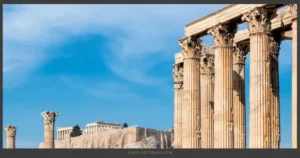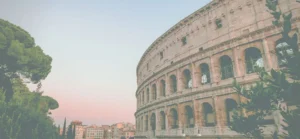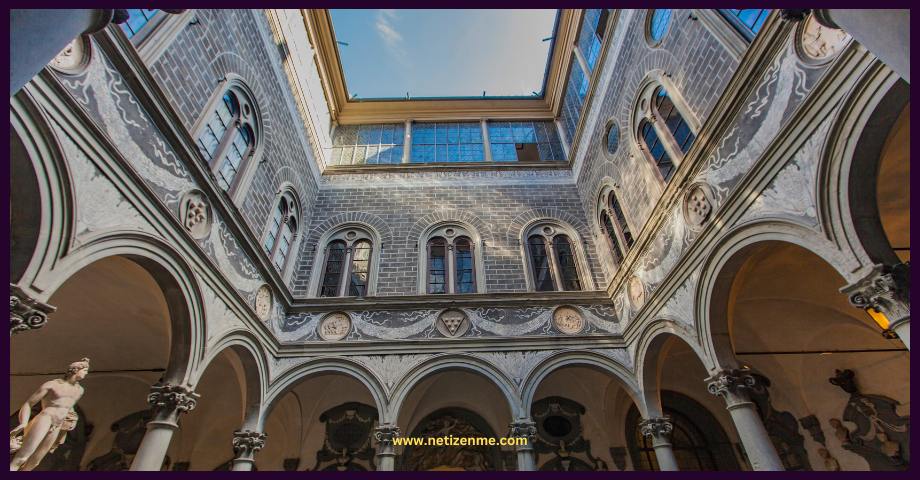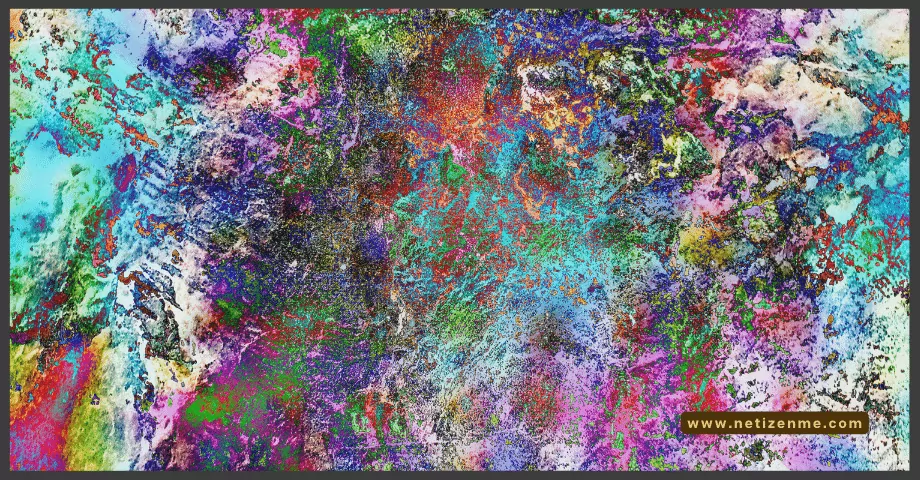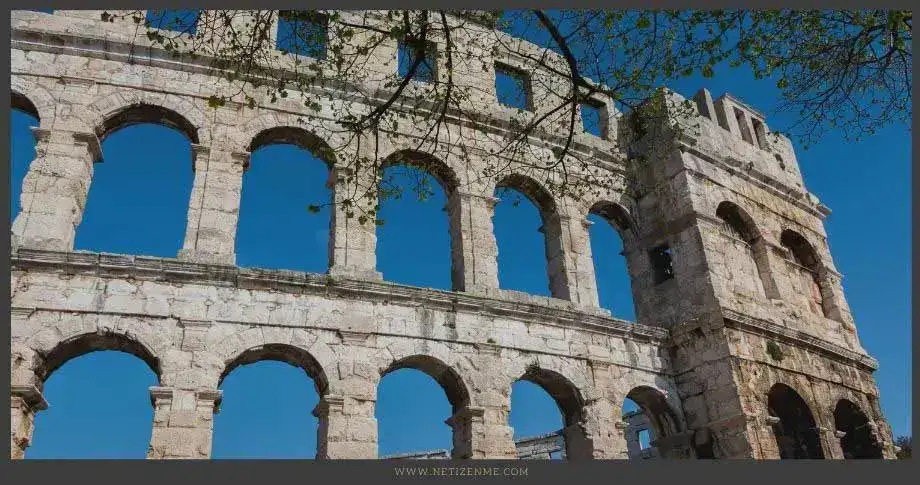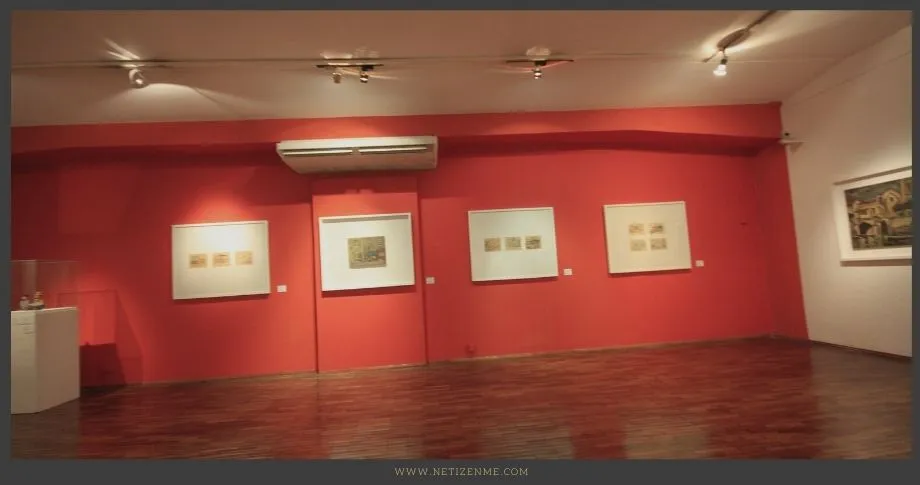
Strengths and Weaknesses of Studying Art History
Everything in life has its pluses and minuses and that includes studying art history. If you plan to study art history, this article outlines some merits and demerits you may find useful. Before we get into that, let’s define art.
Art history is the study of the development of visual arts. It covers a wide range of topics, including painting, sculpture, architecture, and other forms of art. What are the pros and cons of studying art history in college?
What is Art?
Ask 10 people what art is and you’ll get 10 different answers. Some even say art cannot be defined. We define art as the conscious process of combining elements to create visual, literary, and performing arts by expressing human thoughts, emotions, and imaginations.
There are millions of arts from different cultures and historical periods, hence, the need for studying art history. Take into account the artwork and artists from all cultures around the world, not just those from Europe or the United States. This would include things like ancient Egyptian art, Japanese ukiyo-e paintings, and indigenous Australian Aboriginal art, to name just a few examples.
How do you study art history?
There are a variety of ways to study art history. You can take classes at a college or university, read books and articles, visit museums and galleries, or even take online courses. The best way to learn about art history is to do a combination of all of these things. By taking classes, reading about different artists and styles, and seeing works of art in person, you can get a well-rounded education in art history.
What are the jobs you can do by studying art history?
There are a number of different jobs that you can do by studying art history. You could work as an art curator, where you would be responsible for choosing and displaying the works of art in a museum or gallery. You could also work as an art dealer, buying and selling works of art. If you were interested in restoration, you could work as an art conservator, cleaning and repairing works of art. And if you were interested in writing about art, you could become an art critic or historian.
What are the pros of studying art history?
- It offers a great opportunity to acquire the required skills for liberal arts education such as critical reading and writing.
- Through learning their arts, you will gain knowledge of several cultures and traditions around the world.
- It provides exposure to other subjects in the humanities, using them to critically evaluate several artworks and then draw reasonable conclusions.
- Every form of art tells a story and the process of learning will make you see beyond artworks and be able to interpret encrypted messages in them.
- It makes you interact and appreciate nature more as some works of art are inspired by nature.
What are the cons of studying art history?
- One of the weaknesses of studying art history is that it can be very dense and difficult to understand.
- Because it covers such a broad range of topics, it can be difficult to find focused information on specific artists or movements.
- One obvious demerit of studying art history is job prospects. If you didn’t attend a top school, it may be a little difficult unless you finish grad school.
- You may not make a lot of money if good opportunities don’t come your way.
- Lack of recognition from the media and family who may see art history as a worthless major.
- If you take out loans to fund your degree you might have a hard time paying them back.
- There is a high level of competition, so you need to actively try to stand out among your peers to get an internship or even get into grad school.
What are the challenges of being an art historian?
Being an art historian can be quite challenging. One of the biggest challenges is trying to determine the meaning behind a piece of art. This can be difficult because often there is no clear answer. Another challenge is keeping up with the latest research. Art history is constantly evolving as new information is discovered. This means that art historians have to constantly be learning new things.
Check the following references to read more about Strengths and Weaknesses of Studying Art History:
- Why Study Art History? (URL)
- What Do We Really Mean by Art? (URL)
- The Artist – Why Study Art History? (URL)
- Art History – Why Study Art History? (URL)
- Caravaggista – What Are the Pros and Cons of an Art History Degree? (URL)
- Athens and Sparta

- The Success of The Delian League

- Treatment of Outlying Latium Towns During Roman Rule

This article is written by:
Our professional writers and editors are passionate about sharing high-quality information and insights with our audience. We conduct diligent research, maintain fact-checking protocols, and prioritize accuracy and integrity to the best of our capacity.
You can cite our articles under the author name "Netizenme"
